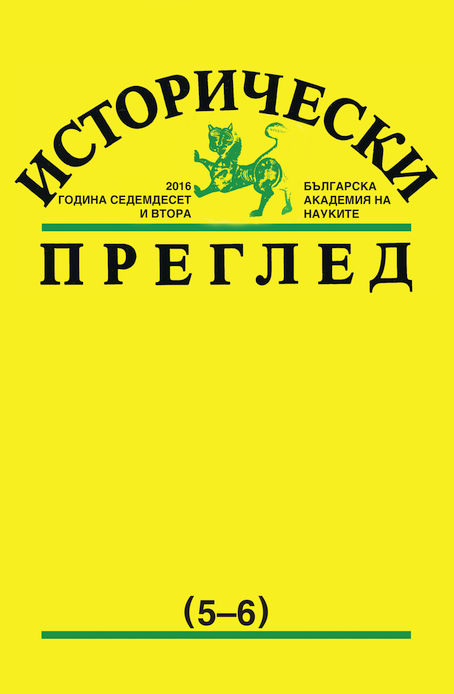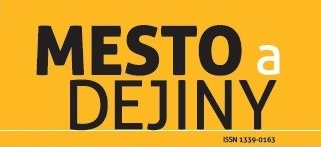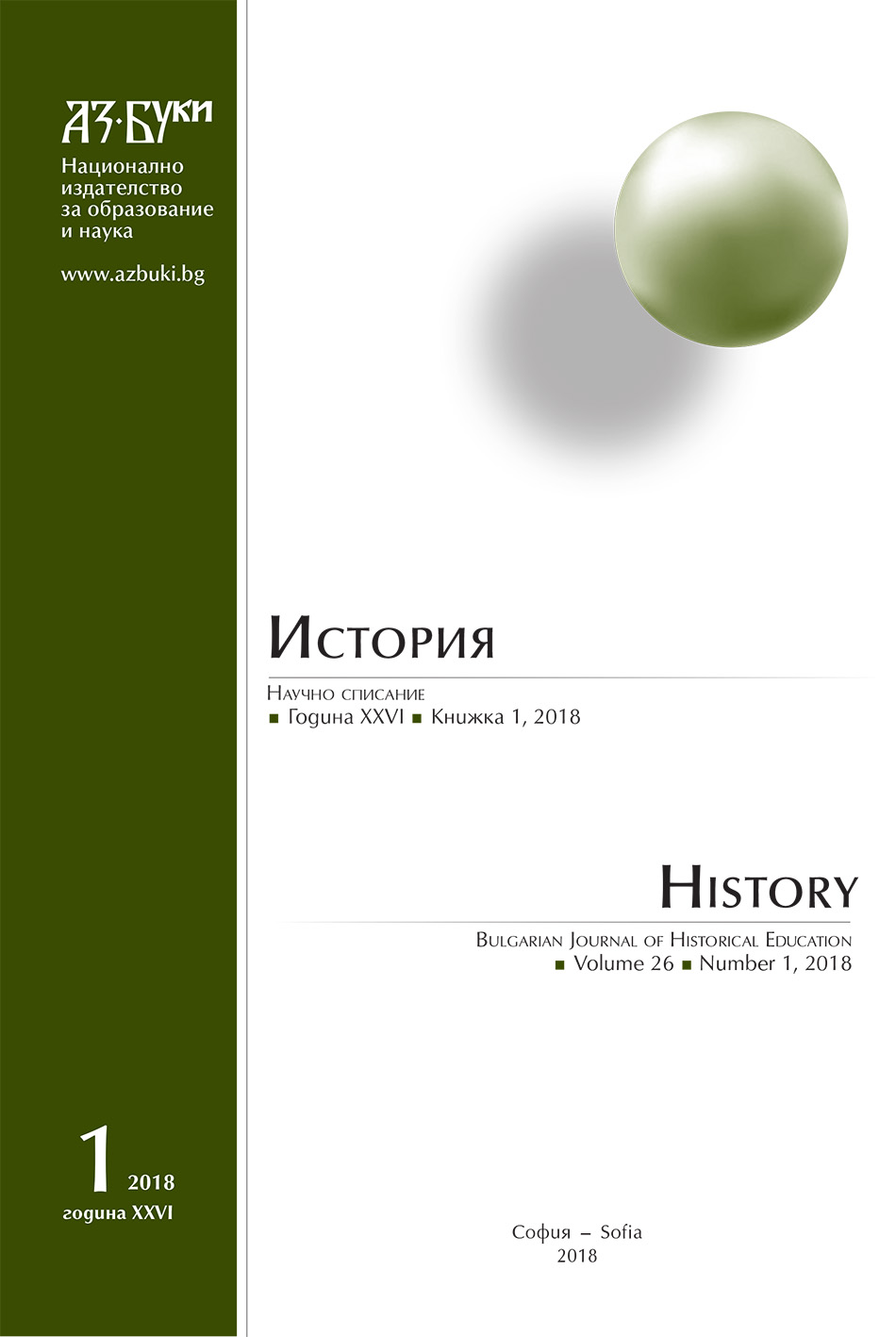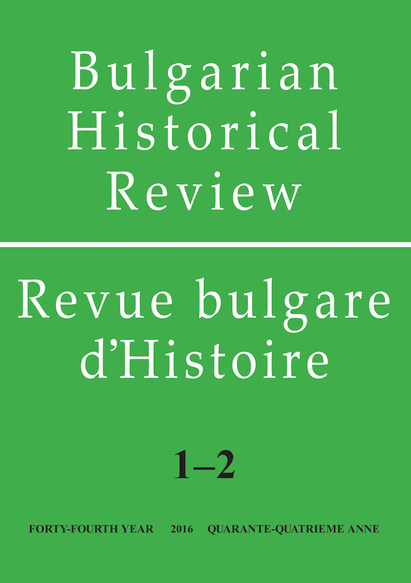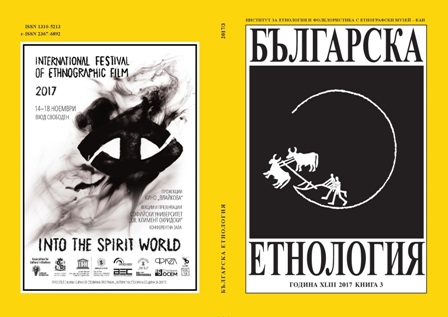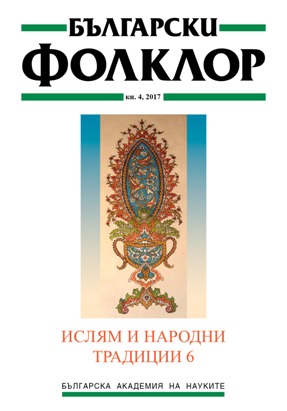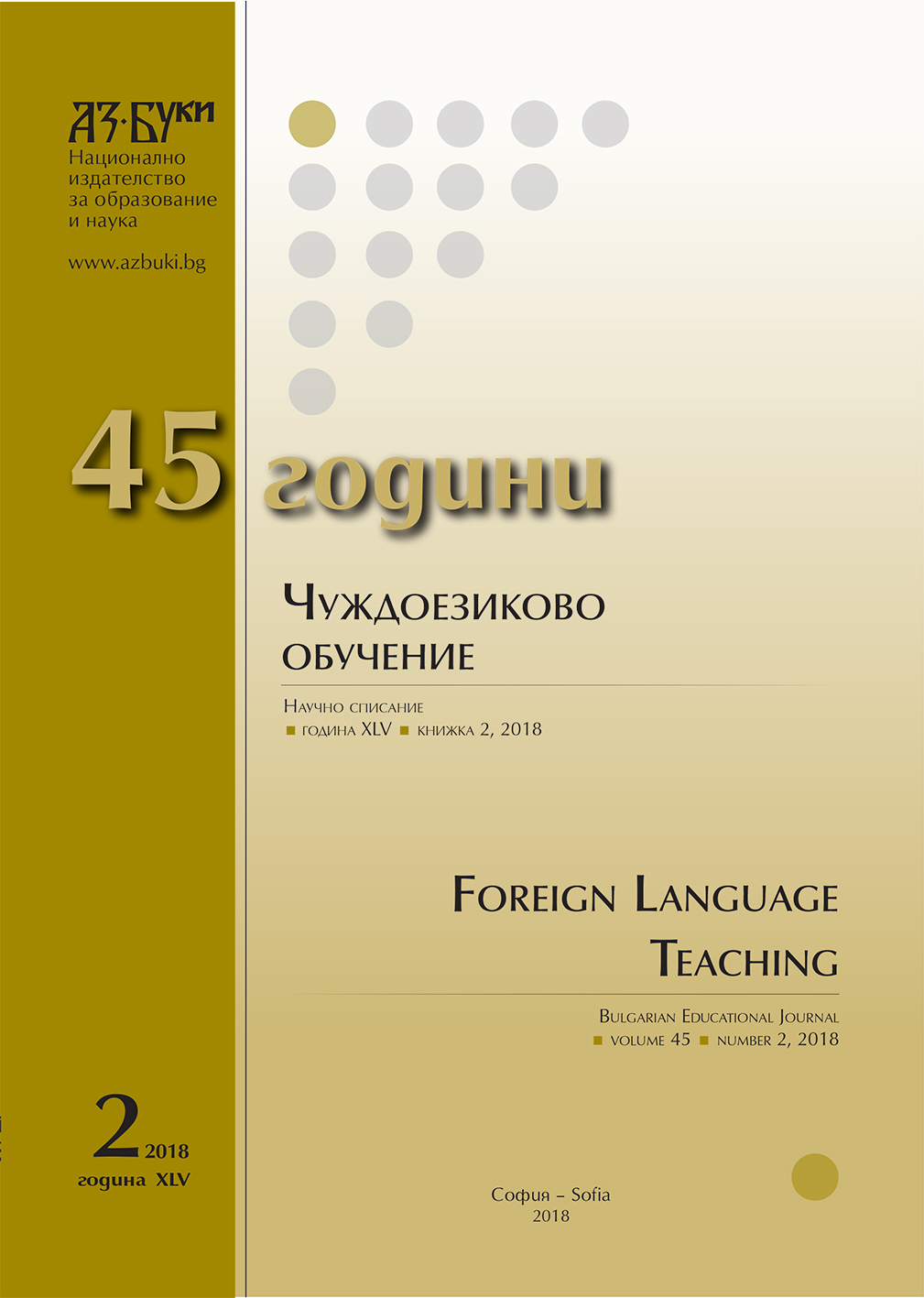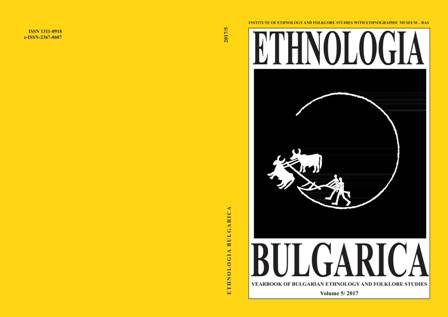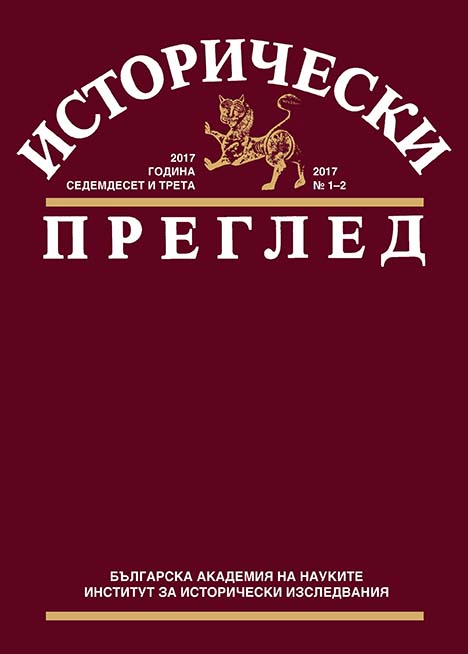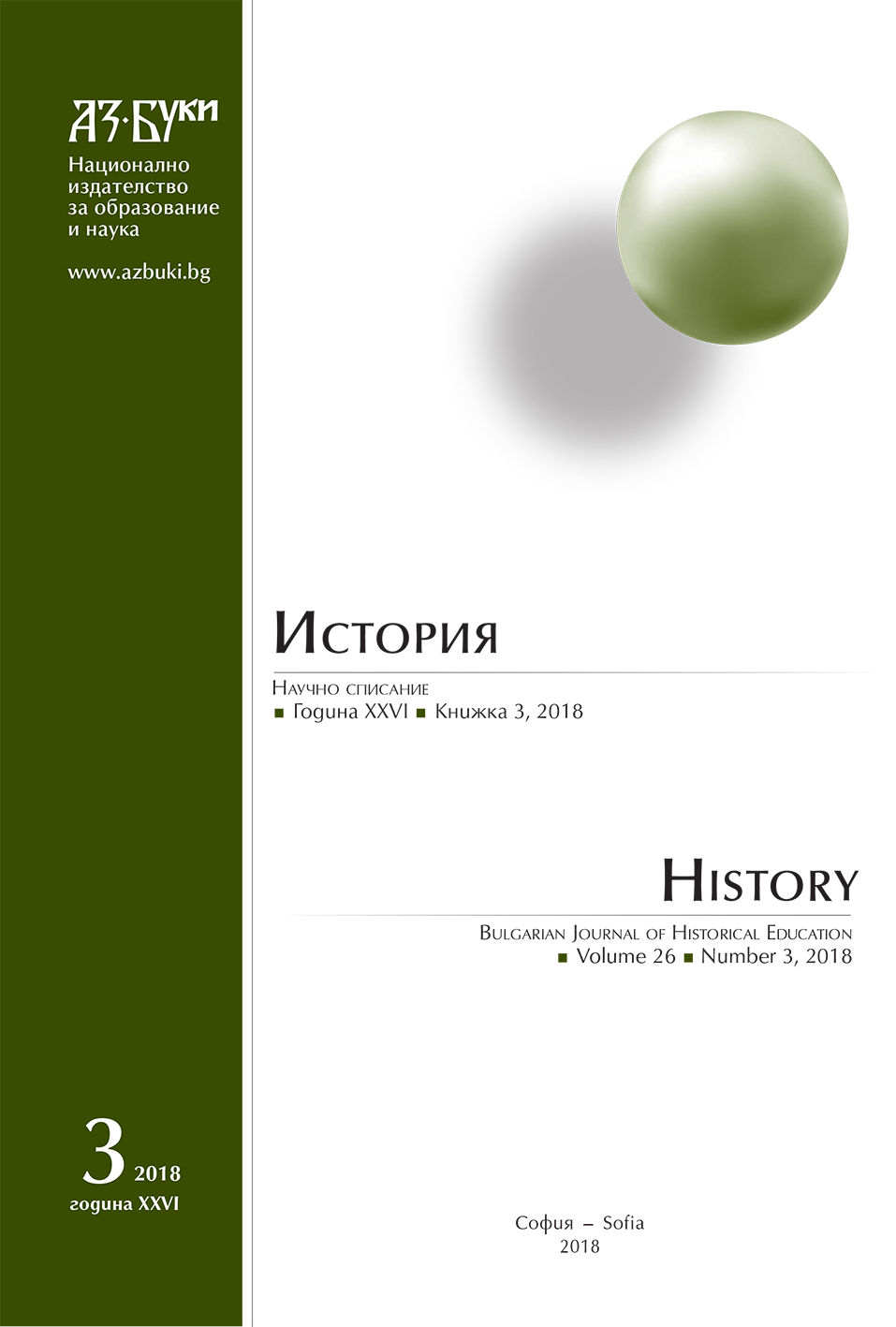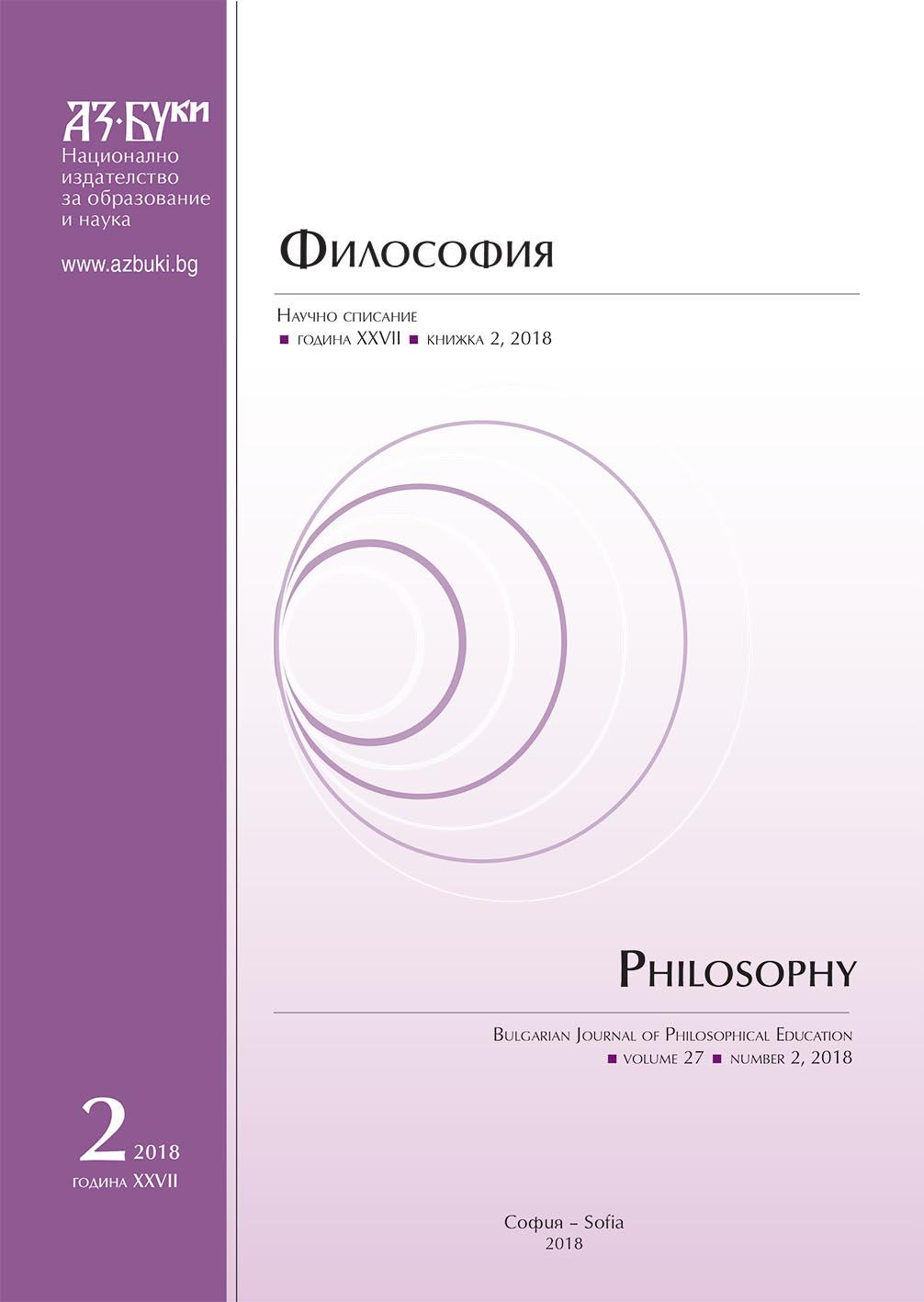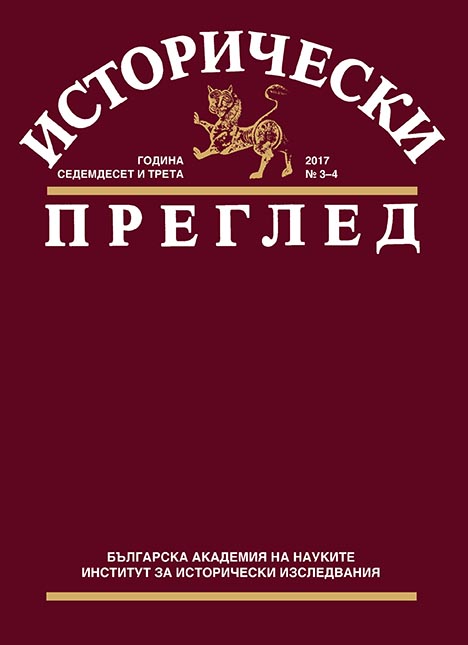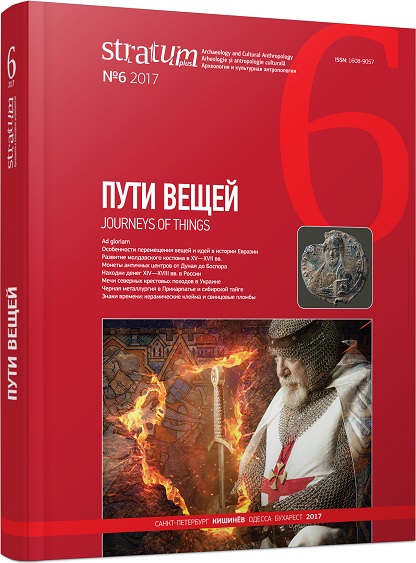
Роль импортных материалов в создании костюмных комплексов городского населения Молдавского княжества XV—XVII вв.
The article analyzes written, graphic and material sources about extensive and active trade relations of the Principality of Moldavia that played an important role in formation of costumes worn by various estates in Moldavian cities in 15th—17th century. As the so-called “Tartar route”, one of the most actively used trade routes of 13th—14th century: from German cities to Lviv and Kamianets-Podilskyi and farther to Tighina (Bender) and Black Sea ports of Billhorod-Dnistrovsky and Caffa (Feodosia) constantly became more and more dangerous, merchants gradually ceased to use it and, in late 14th — early 15th centuries, adapted new “Moldavian route” from Krakov and Lviv to Suceava, Galats, Bilhorod and Caffa. Thus, it were Krakov and Lviv that secured Moldavian trade with Poland, Germany, Flanders, and Italy. Due to this route and arrival of oriental and, later, western imported materials (textiles, jewelery, etc.) in 16th—17th centuries, the costumes of Moldavian nobility were formed. First, Byzantine (as earlier in time) elements prevailed in these costumes, later to be replaced by West European fashion trends. The former reached Moldavia through neighboring Balkan countries, and the latter through Hungary and Poland.
More...
